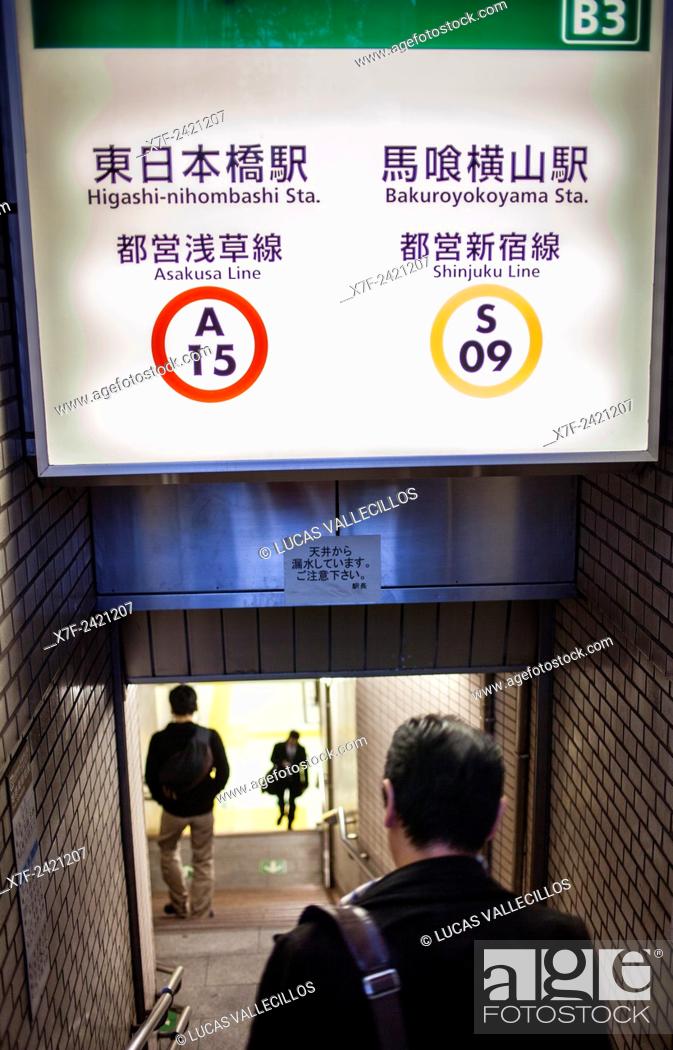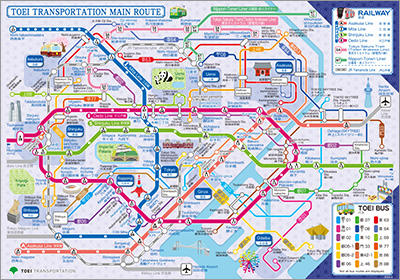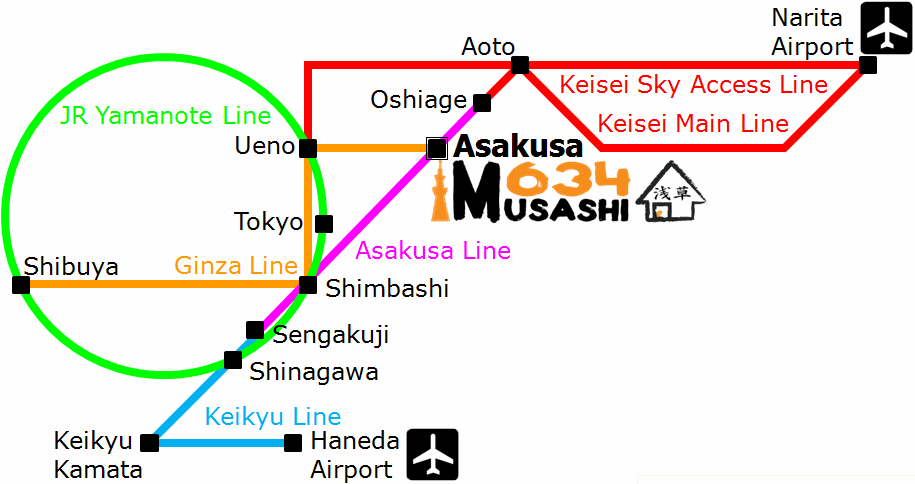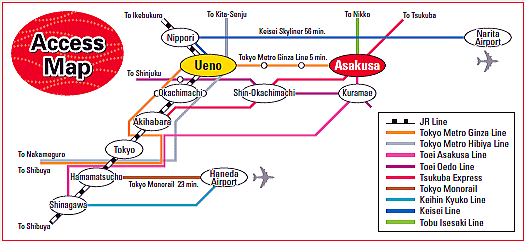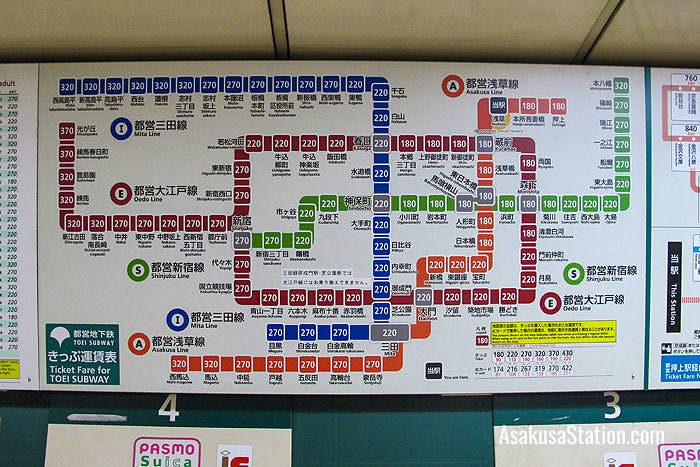![浅草線 asakusa line Route: Schedules, Stops & Maps - 青砥 [エアポート快特] Aoto [Airport Rapid Limited Express] (Updated) 浅草線 asakusa line Route: Schedules, Stops & Maps - 青砥 [エアポート快特] Aoto [Airport Rapid Limited Express] (Updated)](https://appassets.mvtdev.com/map/79/l/5615/16386700/4502625.jpg)
浅草線 asakusa line Route: Schedules, Stops & Maps - 青砥 [エアポート快特] Aoto [Airport Rapid Limited Express] (Updated)

TOKYO, JAPAN - NOVEMBER 29, 2016: People enter Asakusa Station of Toei Subway in Tokyo. Toei Subway and Tokyo Metro have 285 stations and have 8.7 mil Stock Photo - Alamy

How To Use Japanese Railways: Toei-Asakusa Line (Nishi-Magome, Sengakuji ~ Oshiage) 《都営浅草線 (西馬込、泉岳寺、押上)》

How to get to Asakusa. Does the JR Pass cover Asakusa? | JPRail.com – Japan rail and train travel complete guide
